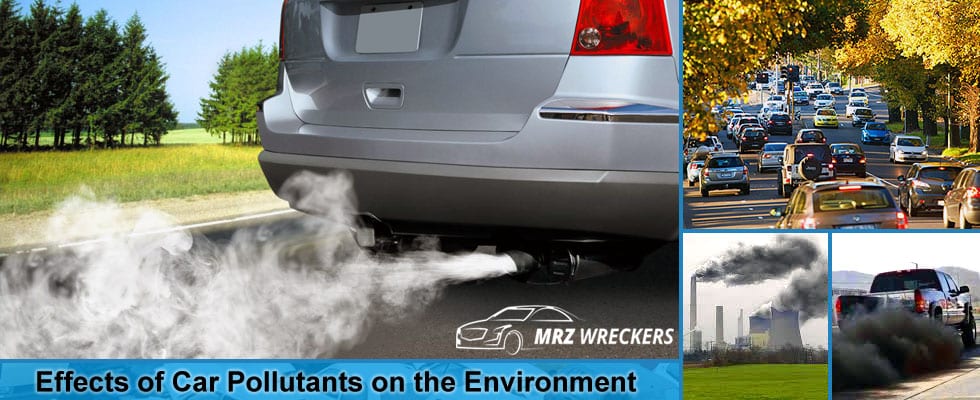The increase in the use of vehicles and the prices of petrol indicate that the emission from vehicles could be a major cause of environmental degradation. Following are some information and measures to reduce noise and air pollution by using alternative options of fuel.
Legislations applicable for vehicles
- The Road Traffic (Vehicles) Regulations 2014 (Part 10) – states limit of acceptable noise from vehicles and prescribes a standard national test procedure
- The Road Traffic (Vehicles) Regulations 2014 (Part 10) – also contains legislation relating to vehicle emissions
Assessing Noise levels of vehicles:
- Authorized Noise Level Assessors are private companies who have been given the authority to measure noise levels of vehicles by employing employees with ample qualification.
- Usually, only vehicles that have undergone inspection in the past or require subsequent inspection need to measure their noise levels by an Authorised Inspection Station.
- Vehicles like ‘Street Rods’ and ‘Individually Constructed Vehicles’ that require a license from an enforcement officer; as they make too much noise, also need to take this test.
- Authorized Assessors performs the duties of testing the vehicle, completing the documentation and issuing Noise Level Record Forms.
- The customer takes the car to an Authorised Inspection Station and once the acoustic results of the vehicle adhere to the standards the final report is complete.
Emission testing of modified light vehicles
Following are some categories on which information is available with regard to emission testing for light vehicles that have been subject to modifications:
- Exhaust modifications and extractors
- Superchargers, modified camshafts, and turbochargers
- Vehicles with a permit for temporary modifications
Effects of Vehicle emissions on air quality and environment
Vehicle emission contributes to air pollution in a large way. However, the impact a vehicle has on the quality of the air depends on the following factors:
- Condition and age of the vehicle
- Distance of travel
- Style of driving
- Type of technology in use for the vehicle
Smog and smoke are the two primary causes of air pollution in Perth. Pathogenic smog is a result of a reaction between volatile organic compounds like petrol vapors, sunlight, and nitrogen dioxide, that affects air quality during summers.
Maintaining vehicles effectively helps in reducing smoke emissions from it.
Get top benefits using scrap car removals services that are much money saver for any junk vehicles.
Alternative fuels that are environmentally friendly:
The government seeks to encourage the use of alternative fuel options that are environmentally friendly. These alternatives will help limit the negative effects of pollutions on the surroundings and promote a healthy environment.
Smog reduction standards:
The Road Traffic (Vehicle Standards) Rules 2002 sees the implementation of certain limits on the smoke emission by vehicles like trucks, cars, motorcycles, etc.
The Australian Design Rules (ADRs) place restriction on the emission of a wide range of invisible pollutants to avoid health and environment degradation.
Road Traffic (Vehicles) Regulations 2014 contains Regulation 354 that enlists 354 emissions that are visible
- Any motor vehicle that was built after 1930 and requires propelling through an internal combustion engine falls under the application of this regulation
- For a period of 10 continuous seconds, the vehicle must not make visible emissions
- The vehicle must not emit visible emissions for a continuous period of at least 10 seconds.
- In the case of condensation of water vapor or heat that results in visible emissions, this regulation is not applicable
The ten-second rule
The publication ‘Smoky Vehicle Emissions and the Ten-Second Rule’ by The Department of Environment and Conservation offers information on the following:
- Measures on how one can reduce air pollution from vehicles that emit visible smoke continuously for 10 seconds
- Factors that help to differentiate between smoke emission and exhaust water vapor
- Details on the 10-second rule
Reporting smoky vehicles
In case someone comes across a vehicle that emits smoke visibly for a continuous 10 seconds, the person can report to the Department of Environment and Conservation about the smoky vehicle. Now customers can get rid of their vehicles in Sydney as well using services for free car removals.


